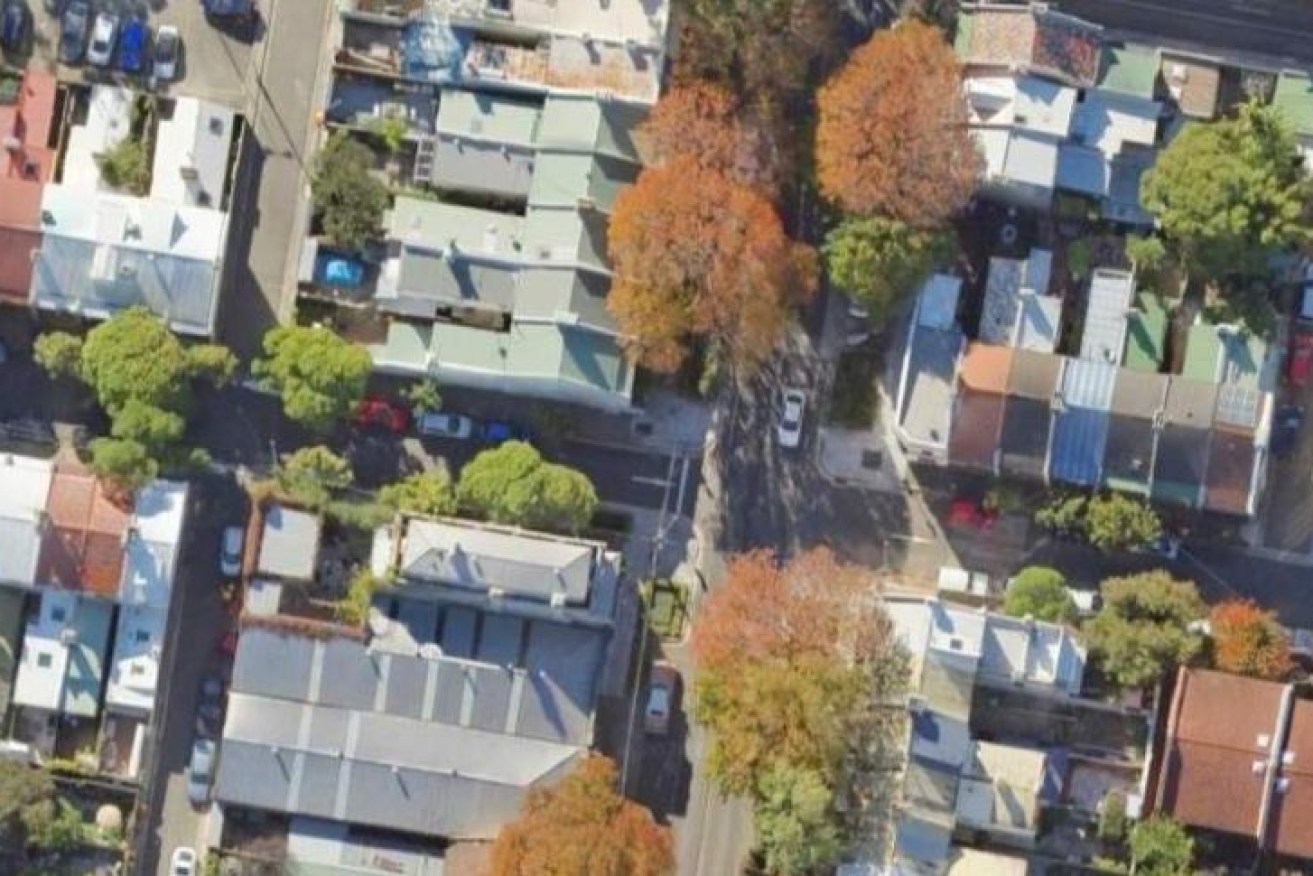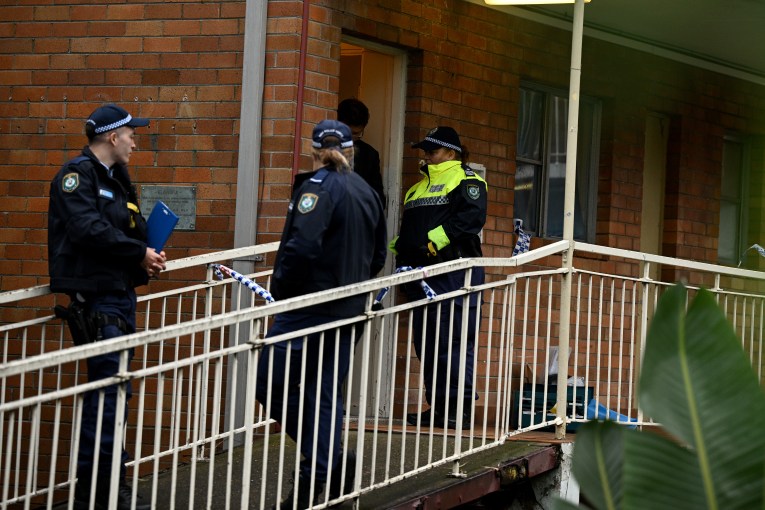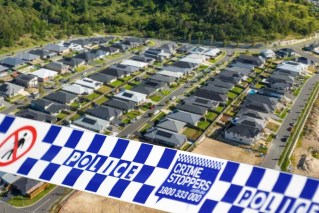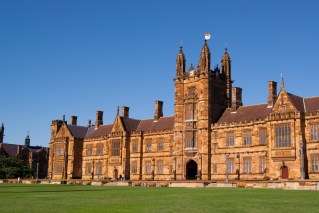Sydney man invokes squatting law to win rights to Redfern ‘dunny lane’ in NSW Supreme Court

The dispute over the small piece of land ended up in the NSW Supreme Court. Photo: Google Maps
A Sydney man has won a NSW Supreme Court battle against his neighbour over a 3.35 square metre piece of former “dunny lane” land after he invoked squatters’ rights.
Justice Francois Kunc, who ruled on who owns the small piece of land, said the case involved “two very Australian phenomena: the ‘dunny’ and dedication to home improvement”.
The shared area between the properties of Christopher Hardy and Joseph Sidoti in the inner city suburb of Redfern was originally developed at the end of the 19th century to enable the “dunny man” to collect waste from brick outhouses.
Justice Kunc said Redfern had previously suffered typhoid epidemics directly attributable to a lack of drainage, but now included highly-prized real estate.
He said the lanes were a reminder of “a less sanitary past”, borrowing from a media report which said Redfern had “succumbed to a tsunami of smashed avocado and man buns”.

The disputed area was transformed into a “small boutique Japanese-style garden” in 2005. Image: NSW Supreme Court
Mr Hardy, who bought the Baptist Street property in 1998, used the small area for garden tool storage and by 2005 transformed it into a “small boutique Japanese-style garden”.
Mr Hardy’s case stated that he acquired the legal title to the land by adverse possession, colloquially known as squatters’ rights, under which a person can legally take possession of land they have occupied exclusively for 12 years.
By the beginning of 1998, the “dunny lane” was no longer used as a right of way, blocked off at various points by an old paling fence and corrugated iron fence.
Mr Sidoti bought his terrace in April 2018 and the land in question was included on the title.
‘Squatting laws’ explained
It sounds made-up but adverse possession, commonly known as “squatting law”, is very real. This is how it works.
As part of a renovation, Mr Sidoti demolished an old brick outhouse and the corrugated iron fence and built a barbeque area.
The court heard this act was “purporting to reclaim the [land]” and Mr Sidoti’s lawyer argued Mr Hardy was unable to show a “sufficient degree of physical custody and control” over it.
Mr Hardy’s acts of possession were, according to Mr Sidoti, “incremental over time”, of “a makeshift and non-permanent nature” and done to improve amenity rather than to secure possession.
Justice Kunc ruled the former owners of Mr Sidoti’s property needed to have recovered the land as titleholders by no later than January 2017.
The “definitive and public act of possession” was Mr Hardy’s removal of the paling fence in May 2002, he ruled.
The court found Mr Sidoti did not acquire title to the land when it was purchased in April 2018, and under adverse possession, Mr Hardy had acquired the space.
“He is entitled to orders to recognise that ownership, including that the defendants cease to trespass upon the Yellow Land, and by removing structures they have erected on it and relocating the fence they have built,” Justice Kunc said.








